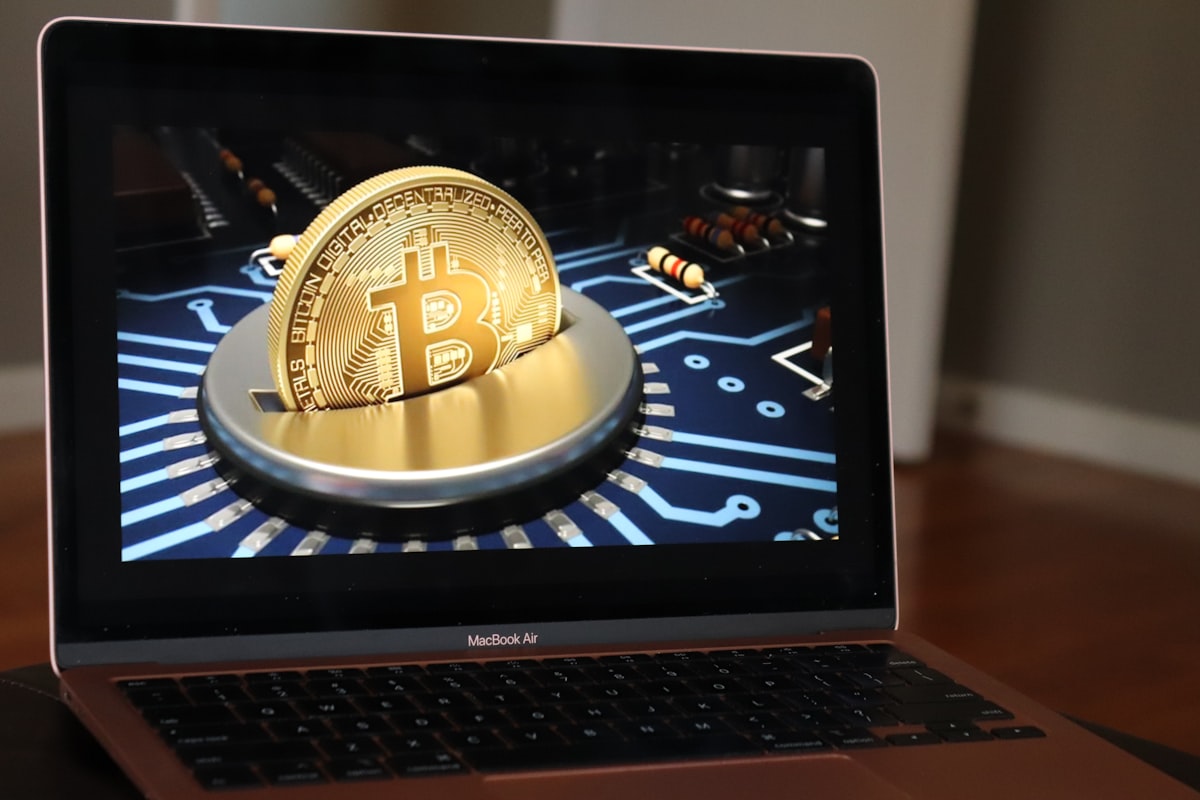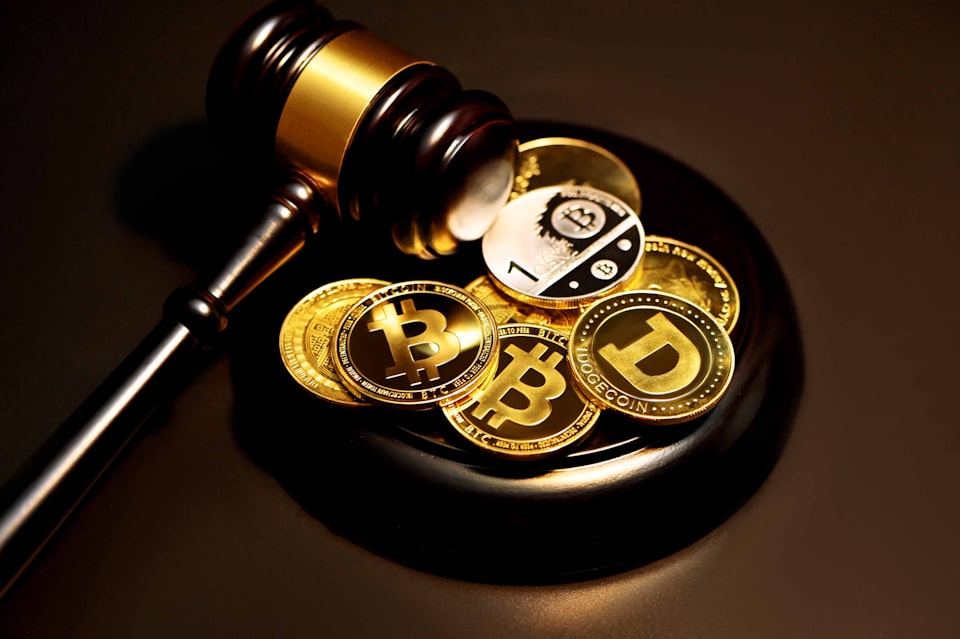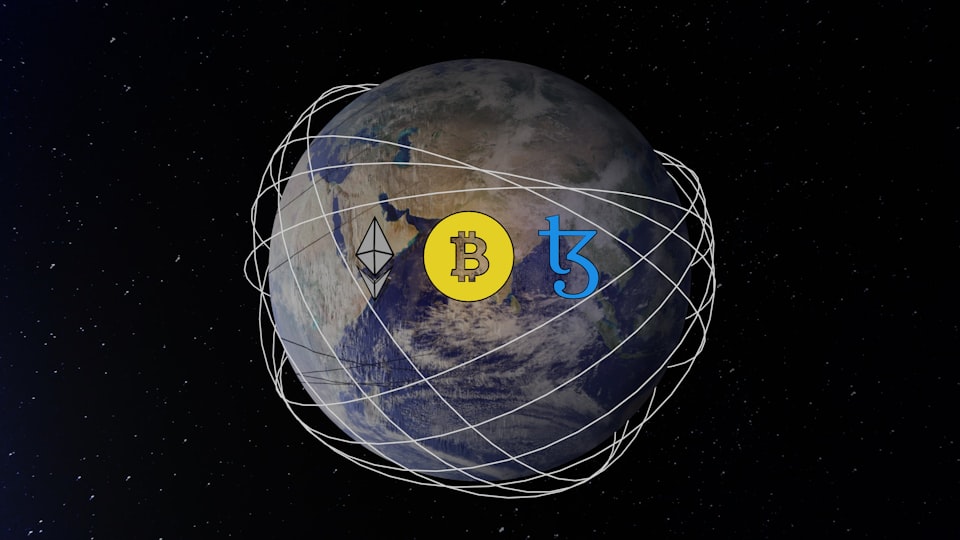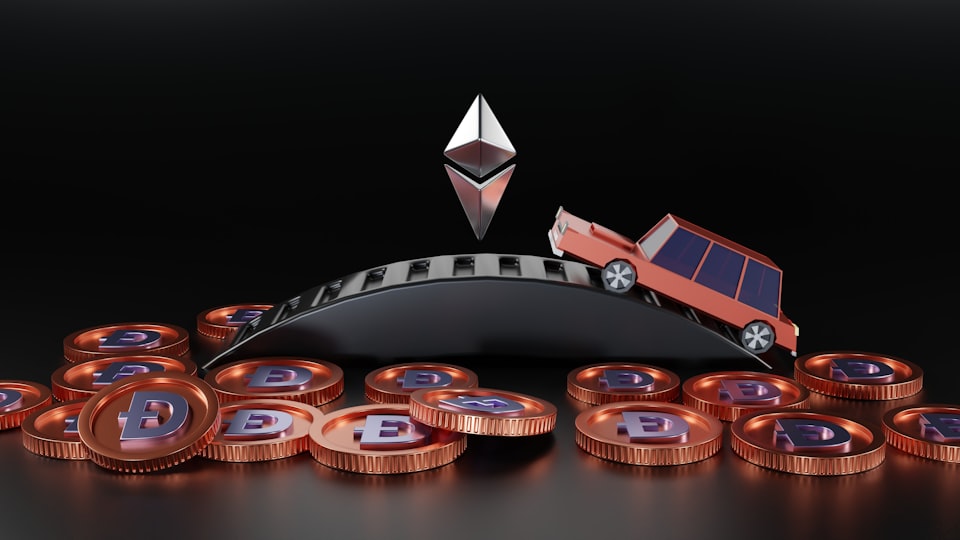What is Bitcoin Mining and How Does it Work?
Discover the intricacies of Bitcoin mining, the process of creating new bitcoins by solving complex math problems to secure the blockchain network. Explore how it works, mining hardware, energy consumption, mining pools, and the future of sustainable mining practices

Bitcoin mining is the process of creating new bitcoins by solving extremely complex math problems that verify transactions in the blockchain, the decentralized and public ledger that records all Bitcoin transactions. Miners are rewarded with new bitcoins for their efforts, making mining a crucial component of the Bitcoin network. In this comprehensive article, we'll delve into the intricacies of Bitcoin mining, exploring how it works, its significance, and the various factors involved.
Understanding Bitcoin Mining
Bitcoin operates on a decentralized network, which means that there is no central authority or intermediary governing the system. Instead, it relies on a distributed network of computers, called nodes, that collectively maintain and secure the blockchain. These nodes validate and process transactions, ensuring the integrity of the system.
Miners play a vital role in this process by contributing their computational power to solve complex mathematical puzzles. When a miner successfully solves a puzzle, they are rewarded with newly minted bitcoins and transaction fees. This process is known as "proof-of-work" (PoW), a consensus mechanism that helps secure the network and prevent double-spending.
The Mining Process
Bitcoin mining involves several key steps:
1. Transaction Verification
Miners collect and validate recent transactions that have not yet been recorded in the blockchain. These transactions are then grouped into a "block" for processing.
2. Hash Calculation
Each block contains a mathematical puzzle called a "hash," which miners attempt to solve using their computational power. Essentially, miners compete to find a specific number (the "nonce") that, when combined with the block data and run through the SHA-256 hashing algorithm, produces a hash value below a certain predetermined target.
3. Proof-of-Work
Miners continually attempt to find the correct nonce by repeatedly guessing and hashing the block data until the target hash is found. This process is known as "proof-of-work" because it requires significant computational effort and energy consumption.
4. Block Broadcasting and Confirmation
When a miner successfully finds the correct nonce and solves the hash puzzle, they broadcast the new block to the network for validation. Other nodes on the network verify the block's transactions and the proof-of-work solution. If everything checks out, the block is added to the blockchain, and the miner is rewarded with newly minted bitcoins and transaction fees.
Mining Difficulty and Rewards
The Bitcoin network is designed to adjust the mining difficulty approximately every two weeks to maintain a consistent block generation rate of one block every 10 minutes. As more miners join the network and contribute computational power, the difficulty increases to ensure the block generation rate remains stable.
Initially, the reward for mining a block was 50 bitcoins. However, this reward is halved approximately every four years, a process known as "halving." As of 2024, the current block reward is 6.25 bitcoins, and it will continue to decrease over time until the maximum supply of 21 million bitcoins is reached, expected around the year 2140.
Mining Hardware and Energy Consumption
Bitcoin mining requires specialized hardware called Application-Specific Integrated Circuits (ASICs), which are designed specifically for the computationally intensive task of mining. These ASICs are much more efficient and powerful than traditional computers or graphics processing units (GPUs) for mining purposes.
However, the energy consumption associated with Bitcoin mining is a significant concern. As the network grows and the mining difficulty increases, miners require more powerful and energy-intensive hardware to remain competitive. This has led to critiques of Bitcoin mining's environmental impact and calls for more sustainable practices.
To address these concerns, some miners have turned to renewable energy sources, such as solar or hydroelectric power, to power their mining operations. Additionally, efforts are underway to develop more energy-efficient mining hardware and explore alternative consensus mechanisms, such as "proof-of-stake" (PoS), which could potentially reduce the energy consumption associated with mining.
Mining Pools and Centralization Concerns
As the mining difficulty has increased over time, individual miners have found it increasingly challenging to solve blocks and earn rewards on their own. To increase their chances of success, many miners have joined mining pools, where they combine their computational resources and share the rewards proportionally based on their contributions.
While mining pools can increase the likelihood of earning rewards, they also raise concerns about centralization in the Bitcoin network. If a single mining pool controls a majority of the network's hashrate (computational power), it could potentially manipulate the blockchain or launch a "51% attack," which could undermine the security and integrity of the network.
To mitigate these risks, the Bitcoin community encourages the use of multiple mining pools and promotes decentralization efforts to ensure no single entity or group can exert undue influence over the network.
Conclusion
Bitcoin mining is a crucial component of the Bitcoin ecosystem, responsible for securing the network, processing transactions, and introducing new bitcoins into circulation. While the process can be energy-intensive and has raised environmental concerns, ongoing efforts aim to address these issues through renewable energy sources, more efficient hardware, and alternative consensus mechanisms.
As Bitcoin continues to evolve and gain mainstream adoption, the role of mining will remain vital in maintaining the integrity and decentralization of the network. Understanding the intricacies of Bitcoin mining is essential for anyone interested in participating in or comprehending this revolutionary technology.
Sources and Further Reading
- Bitcoin Mining Overview (Investopedia)
- How Does Bitcoin Mining Work? (CoinDesk)
- Bitcoin Mining and Its Environmental Effects (DergiPark)
- The Dangers of Centralization in Bitcoin Mining (CryptoHub)
- Bitcoin Mining Pool Guide (Bitcoin.com)
Videos
- How Bitcoin Mining Works (3Blue1Brown)
- The Basics of Bitcoin Mining (Simplilearn)
- Bitcoin Mining: How Crazy Powerful Computers Solve Crazy Hard Math Problems (People·WHYS)
The information provided in this article is for educational and informational purposes only and should not be construed as financial advice. Readers are advised to conduct their own research and consult with a qualified financial advisor before making any investment decisions.




